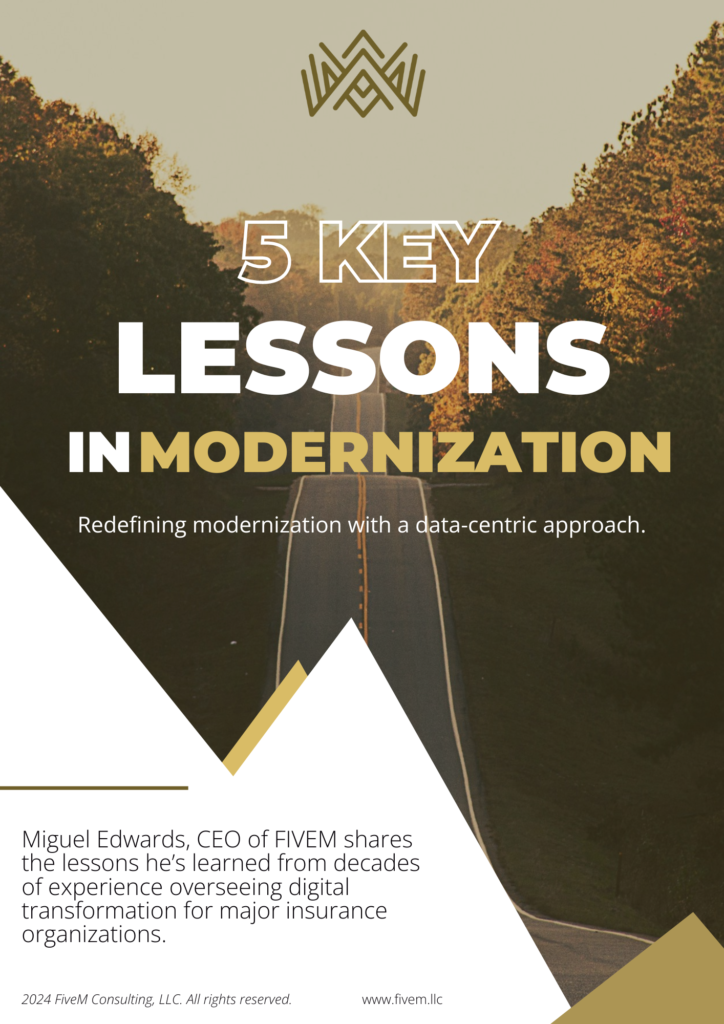In today’s business world, change is constant and competition is fierce. The Project Management Office (PMO) stands as a cornerstone of organizational success. But here’s the kicker—not all PMOs are alike. Selecting the right type of PMO can make or break your ability to deliver projects efficiently, align with strategic goals, and adapt to industry-specific challenges.
This article dives deep into the six key PMO types—Supportive, Controlling, Directive, Strategic, Center of Excellence (CoE), and Hybrid—and explains how each model brings unique value to the table. Whether you’re setting up a PMO from scratch or reimagining an existing one, understanding these frameworks is the first step to unlocking success.
The Landscape: Six Key Models
To choose the right PMO, you’ve got to understand the options available. Each type serves a distinct purpose and aligns with varying levels of governance, oversight, and strategic alignment. Let’s break them down:
1. Supportive
A Supportive PMO is the most hands-off model, acting primarily as a resource hub. It provides tools, templates, training, and guidance to project managers and teams but avoids enforcing strict compliance or governance.
Best For:
- Organizations with mature project management practices and self-sufficient teams.
- Companies with low-risk environments where autonomy is valued.
Key Value:
- Enhances efficiency by streamlining resources without micromanaging.
- Encourages flexibility and creativity in project execution.
2. Controlling
Unlike the Supportive PMO, a Controlling PMO enforces compliance with project management standards, tools, and governance frameworks. Think of it as the rule-enforcer, ensuring consistency and accountability.
Best For:
- Heavily regulated industries like healthcare, finance, or construction.
- High-risk environments where strict oversight is essential.
Key Value:
- Provides uniformity and reduces operational risks.
- Establishes clear project controls for improved decision-making.
3. Directive
The Directive PMO takes the reins entirely. It directly manages projects, assigns resources, and drives decision-making processes. This model is a powerhouse for organizations undergoing rapid change or aggressive growth.
Best For:
- Organizations in transformation or fast-paced industries.
- Companies needing centralized control to prioritize initiatives and allocate resources.
Key Value:
- Centralized authority ensures alignment with strategic objectives.
- Enables swift decision-making and better resource management.
4. Strategic
Moving beyond project delivery, a Strategic PMO focuses on aligning the organization’s entire project portfolio with long-term goals. It’s the innovation driver, ensuring every project contributes to measurable business value.
Best For:
- Businesses that prioritize innovation and ROI-driven projects.
- Organizations focused on long-term value creation.
Key Value:
- Optimizes resources to align initiatives with organizational goals.
- Serves as a bridge between strategy and execution, driving business growth.
5. Center of Excellence (CoE)
The Center of Excellence PMO focuses on building internal capabilities by fostering a culture of continuous improvement, training, and knowledge-sharing. This model aims to elevate the organization’s overall project management maturity.
Best For:
- Organizations in the early stages of PMO development.
- Companies seeking to develop strong internal competencies.
Key Value:
- Improves long-term success rates through skill-building.
- Establishes best practices that ripple through the organization.
6. Hybrid
As its name suggests, the Hybrid PMO combines features from different PMO types, offering flexibility to tailor governance and support to specific business needs. However, this model requires careful planning to avoid confusion or overlapping responsibilities.
Best For:
- Dynamic organizations that need a mix of structure and flexibility.
- Companies managing diverse project portfolios across multiple departments.
Key Value:
- Adapts to changing needs while maintaining governance.
- Offers customized support for different teams and projects.
Aligning PMO Models with Organizational Goals
Selecting the perfect PMO type boils down to one question: What does your organization need? Here are some practical steps to figure that out:
1. Evaluate Your Maturity
If your organization is new to project management, a Supportive or CoE PMO might be your best bet. Mature organizations with well-defined practices can take advantage of Strategic or Hybrid models.
2. Understand Your Industry
- Regulated industries like banking or pharmaceuticals benefit from Controlling or Directive PMOs to ensure compliance.
- Startups or tech firms may prefer Hybrid models that balance agility with governance.
3. Define Your Priorities
- Is innovation your goal? A Strategic PMO will help align projects with business growth.
- Concerned about risk and compliance? A Controlling PMO delivers the structure you need.
4. Assess Resource Availability
If resources are limited, consider a Supportive PMO, which maximizes efficiency without heavy overhead. Larger organizations can afford to invest in Strategic or Hybrid PMOs for broader impact.
Transitioning to a High-Value PMO
Building a PMO that delivers value takes effort, but the payoff is worth it. Here’s how to make the transition smooth and impactful:
- Establish Clear Governance: Define roles, responsibilities, and decision-making frameworks to avoid confusion.
- Ensure Strategic Alignment: Regularly review your project portfolio to confirm alignment with organizational goals.
- Measure Performance: Use data-driven dashboards to track KPIs, project health, and ROI.
- Emphasize Change Management: Engage stakeholders early and often to secure buy-in and reduce resistance.
Final Thoughts
No PMO type is one-size-fits-all—it’s all about finding the right match for your organization’s goals, culture, and industry requirements. Whether you need the flexibility of a Hybrid PMO or the innovation focus of a Strategic PMO, understanding these models is the key to unlocking value.





